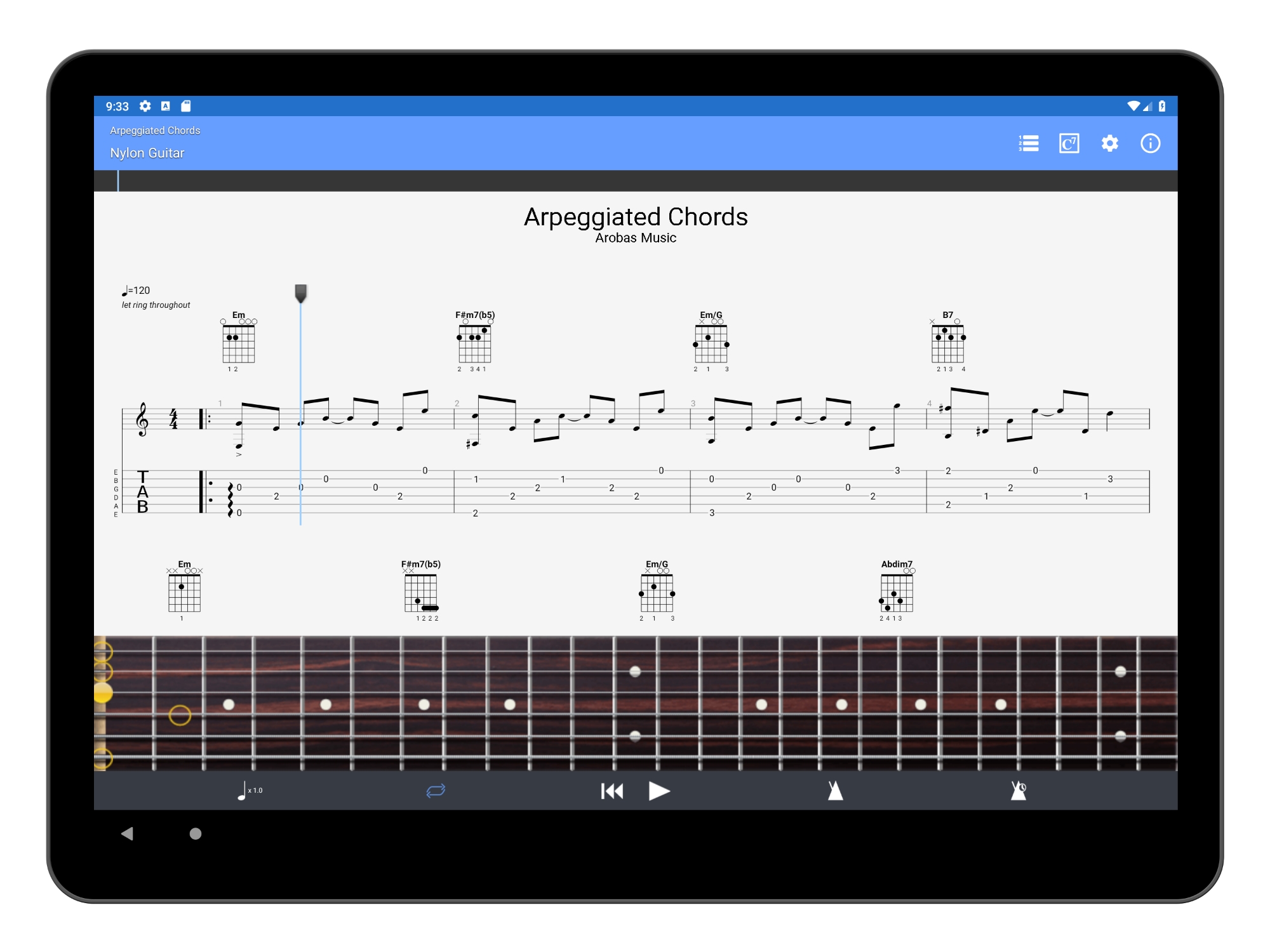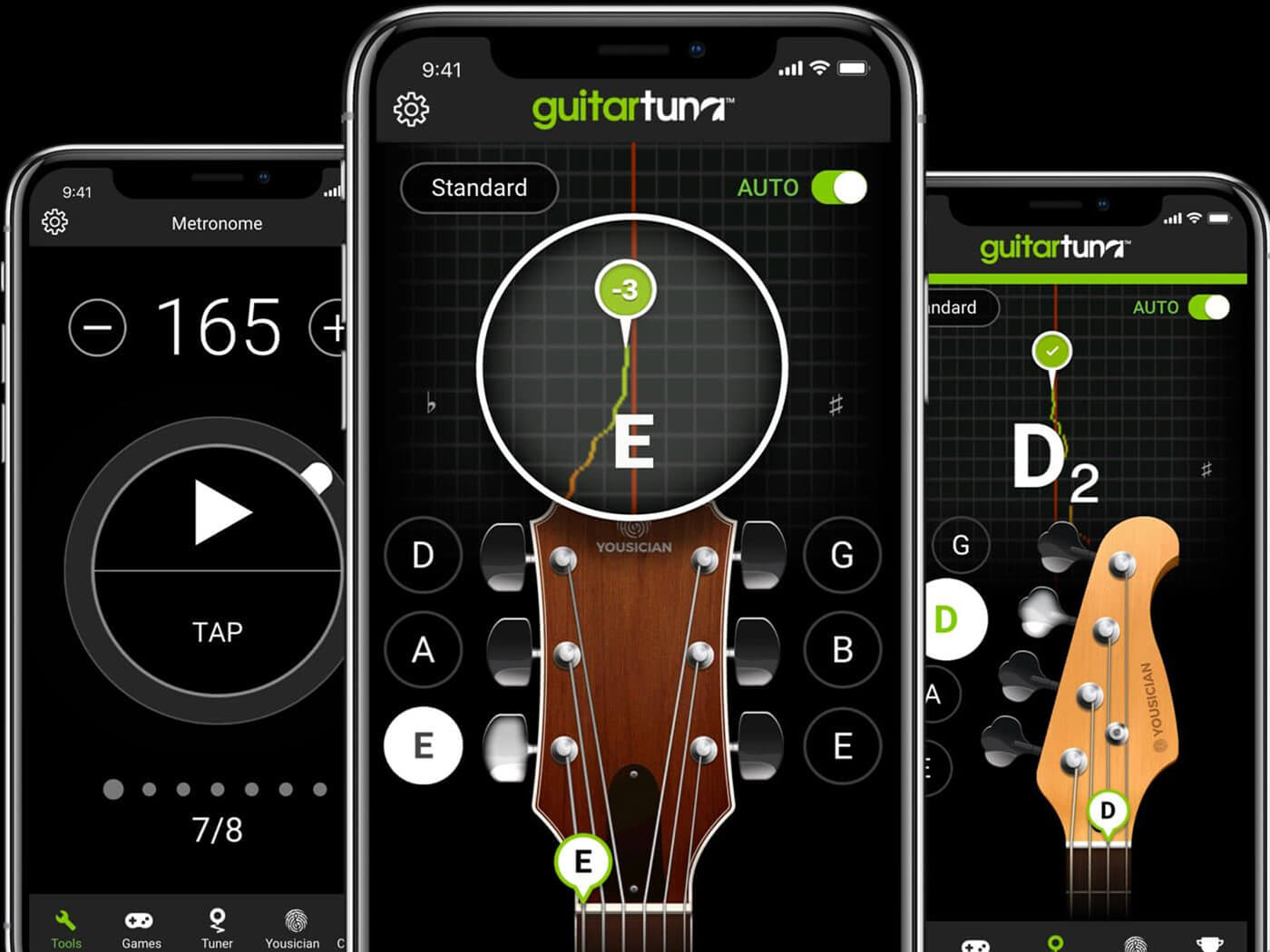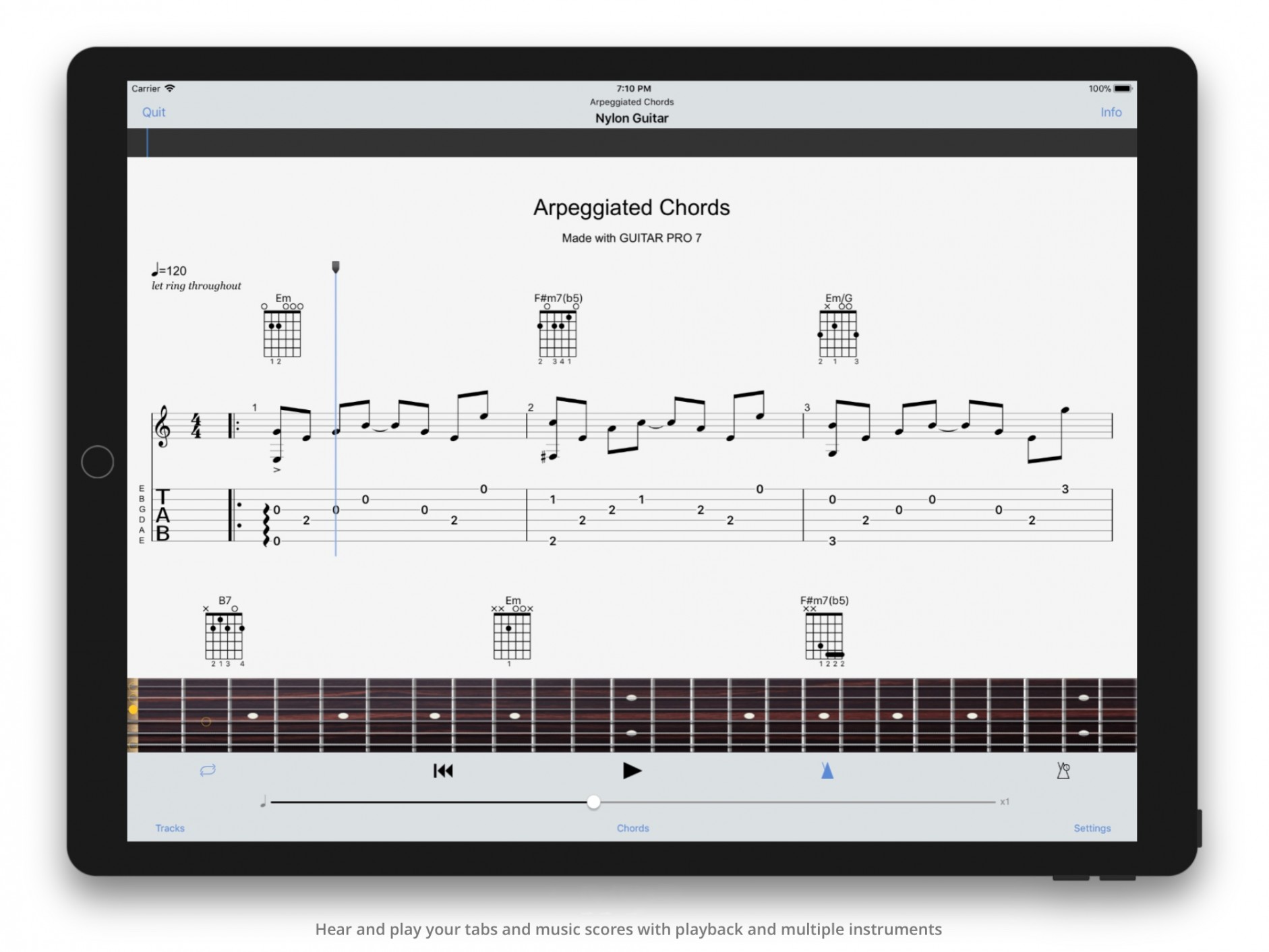

- GUITAR PRO 6 CHANGE TUNING WITHOUT TRANSPOSING UPDATE
- GUITAR PRO 6 CHANGE TUNING WITHOUT TRANSPOSING SOFTWARE
Unlike dynamic parts, though, it is not possible to make positioning adjustments to items in one staff without it affecting the other. This would be an ideal workflow if you compose in notation but only want the tab staff to appear in your score.Īlthough if you do this, you will probably want to apply an instrument change to the tab staff so that it shows the rhythms, which is possible:Īvid says that “Dynamic guitar staves are based on the same technology, whereby the musical information on one staff is then replicated on the other staff,” and that is true.

You can use Panorama to display both focused and unfocused staves, if this option is checked in Appearance > Engraving Rules > Staves. Showing either just the notation staff or just the tab staff in the score can be done via Layout > Staff Visibility > Focus on Staves. If you want to show one staff smaller than the other, you can do this as well via the Add or Change Instruments: “Acoustic Guitar ” is a new option in Sibelius 2022.7, which will add a pair of dynamically linked staves.

You can also add a new instrument to your score via Add or Change Instruments, i.e. There is a new Solo Guitar template in the Quick Start, which is an easy way to get started using this feature or, you can add a dynamic guitar staff from Command Search in the manner shown above. But if you want this second note bracketed, simply add the bracket and Sibelius will unhide the note. By default, the tied-to note will be hidden. There are some additional subtleties, such as the appearance of tied-to notes. There are a few distinctions: when you add a dynamic guitar staff, Sibelius filters items like dynamics, expressions, playing techniques, hairpins and other lines, which can only be entered on the notation staff. The same example we had used in our Dorico 3 review can now be easily created in Sibelius:Įffectively, when Sibelius adds a dynamic guitar staff, it is adding a copy of the existing staff that is grouped with it and with a different instrument - in this case, a guitar tab staff with no rhythms. By giving the user the ability to add a staff below an existing staff, making edits in one staff will affect the other.

In Sibelius 2022.7, the concept is similar.
GUITAR PRO 6 CHANGE TUNING WITHOUT TRANSPOSING SOFTWARE
Upon the release of Dorico 3, Steinberg said that “One unique advantage that Dorico provides in this area over other notation software is that the music can be shown on a regular notation staff and in tablature at the same time, and an edit in one representation then automatically affects the other.” This is done by selecting a Notation and Tab option, where rhythmic information is left off the tabs. More recently, Dorico added such a feature specifically aimed at the guitar use case. Such a concept isn’t new to notation software - remember Finale’s Mirror tool?
GUITAR PRO 6 CHANGE TUNING WITHOUT TRANSPOSING UPDATE
This update takes this existing technology and applies it to two staves in the score at the same time. Likewise, you can create a dynamic part for a notation staff and apply a tab instrument change in the part, and any changes made to the score will be reflected in the part, all while retaining the respective independent nature of the notation and tab staves. Ever try applying a tab instrument change on a notation part, and dragging the instrument rectangle around? Watch the music change before your very eyes: It should be noted, though, that behind the scenes, Sibelius has always been capable of more than meets the eye. Like when copying music to a staff with a different transposition or clef, the music displays in the correct format for the destination instrument, and the copied material is identical to its source at the time the copy was made, but after that, you’re on your own. For all intents and purposes, it is like copying music to another instrument. However, with this method, if you make a change to one staff, Sibelius does not rewrite the music on the other staff. Sibelius turns the music into one form or the other, and you can edit the music as needed. Music from notation staves can be copied to a tab staff, and vice versa. (Yes, we know that tablature is a form of notation, but you know what we mean when we say “notation”.) Guitar tablature is nothing new to Sibelius, nor is the ability to fairly easily use both notation and tab in the same document. Other new items in Sibelius 2022.7 include some new and updated instruments, new manuscript papers, and a number of other improvements and fixes. This update adds a brand-new feature: dynamic guitar staves, which, as the name implies, dynamically link a guitar notation staff with a guitar tab staff in the score at the same time, while selectively filtering information to keep the score’s appearance uncluttered. Avid has released Sibelius 2022.7 for desktop and mobile.


 0 kommentar(er)
0 kommentar(er)
